THE GANG THAT STOLE HOUSES (1907)
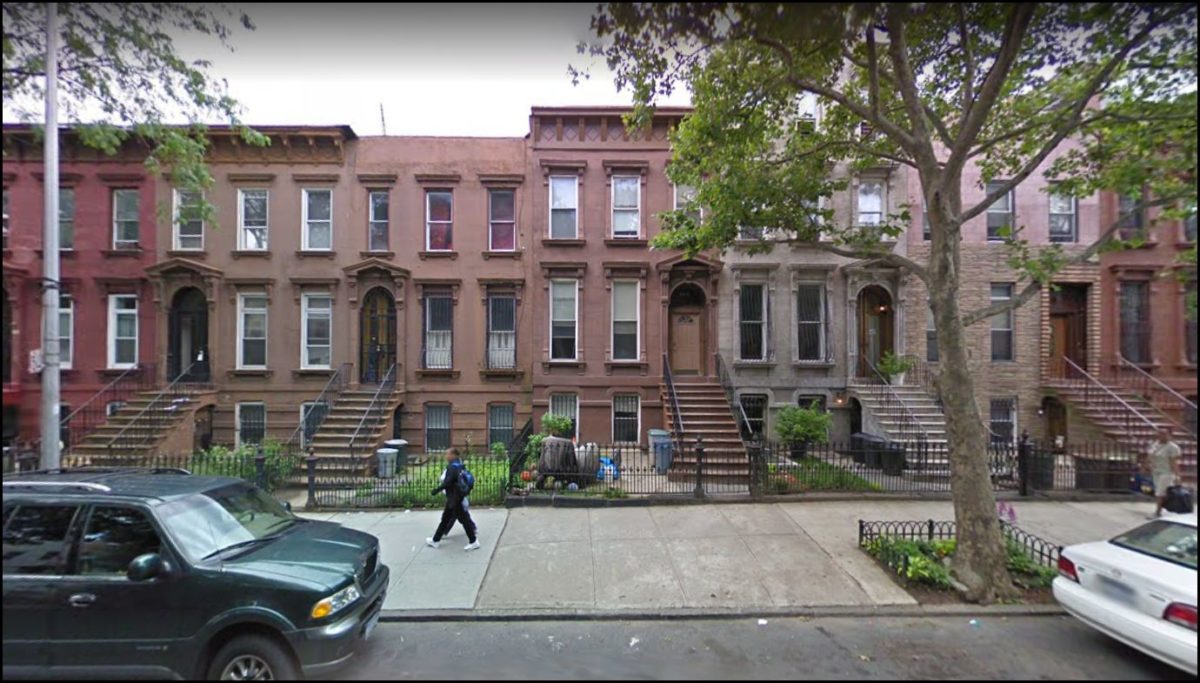
Brownstone Detectives investigates the history of our clients’ homes.
The story you are about to read was composed from research conducted in the course of one of those investigations.
Do you know the history of YOUR house?
********************************************************************************************************************************
Stealing homes is not a unique and recent invention.
Known by its formal title as “deed fraud,” it involves the collusion of wrong-doers within and without city government.
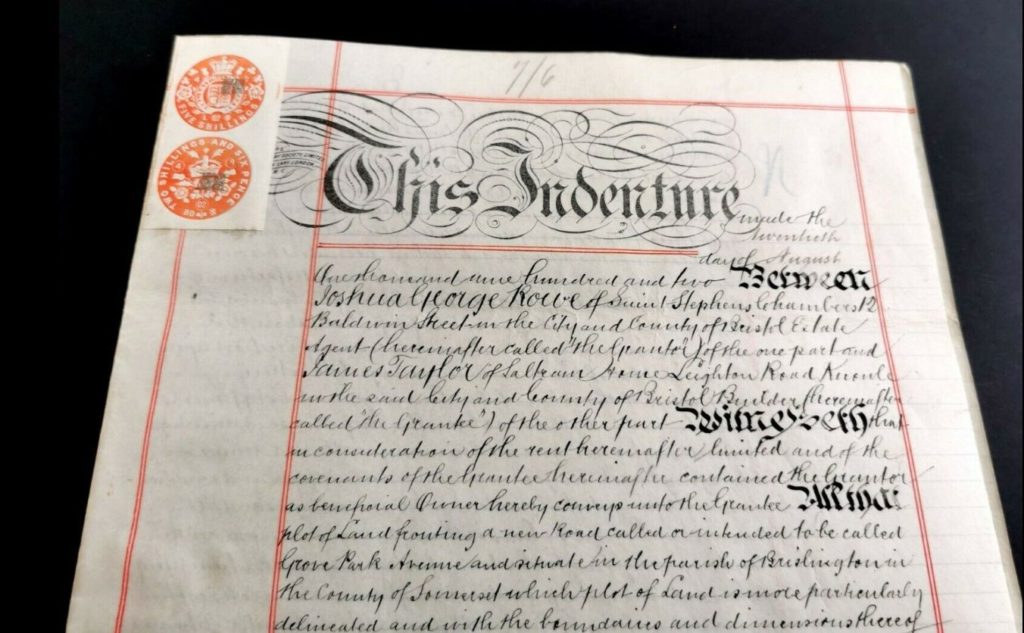
Cases of “deed forgery,” or of the filing of “bogus deeds,” have existed from the time that paper has been used to represent the transfer of property from one party to another.
In the case of “deed fraud,” the difference between it and a regular legal real estate conveyance, is the fact that, in the former, someone else has represented themselves to be owner of a property they do not possess by forging their – or someone else’s – name on a document representing the parcel of property.
The fraud continues when that document is notarized, sometimes illicitly on the part of the notary, and then filed with the city which represents that the victim’s parcel of property has now been transferred to someone else.
The fraud, at this point is usually not complete, as the bogus transferer of the victim’s deed then transfers the victim’s property a time or two (or three) (through the hands of buyers who either have no idea their name has been used – or who happily allow their names to be used for a price) until the victim’s property lands in the hands of a real unassuming buyer. It is at this point that the bogus transferer realizes the monetary benefit of the sale of the victim’s property, thereby “cashing in” on the sale himself.
This entire complicated and convoluted process allows the initial bogus transferer of a victim’s property to muddy the trail between himself, his victim, and the police.
This practice has been highlighted most recently through the story of two alleged fraudsters who, it is claimed, swindled an 80-year-old woman out of her Bedford-Stuyvesant brownstone valued at $1 million.
BROOKLYN’S LATEST CASE OF DEED FRAUD
The complex scheme involved dummy corporations and falsified documents which brought about the theft of a Bedford-Stuyvesant property, No. 260 Clifton Place.
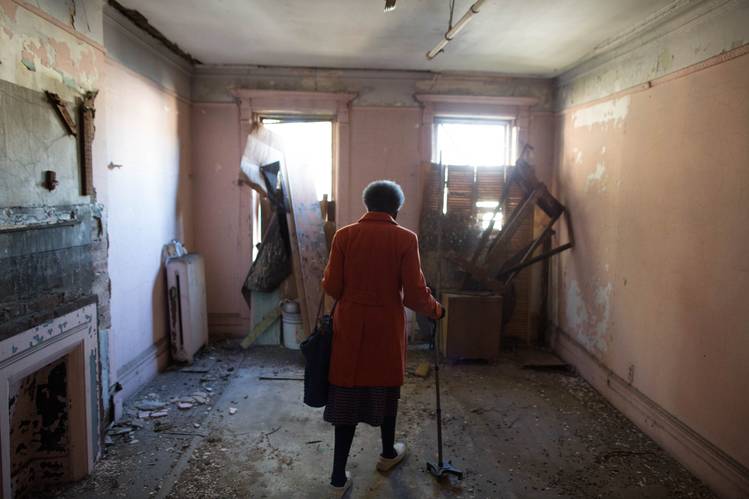
According to the Brooklyn Eagle, the two defendants in the crime “allegedly created two companies reflecting the victim’s name in 2015, then filed documents with the city indicating a transfer of the home to a third company, TDA Development, which the defendants also controlled.”
The two then, the paper noted, began “shopping the property around to would-be buyers,” selling it finally for $850,000. Much of the money was “sent offshore to Greece and much of the money landed in an account owned by one of the defendant’s wives.”
While there are certainly criminal practices older than that of deed fraud, the theft of property is up there in terms of how long it has been around. Although with the resurgence of gentrification, the practice itself has also reemerged, and in no place has it appeared more than in the Bedford-Stuyvesant and Crown Heights sections of Brooklyn.
According to a recent story in the New York Times, “Of the nearly 3,000 deed fraud complaints recorded by the city since 2014, 1,350 — about 45 percent — have come from Brooklyn, according to data compiled by the city’s Department of Finance.”
Deed theft, though, was quite prevalent in the early days of New York City when safeguards were not in place to protect against the practice. Back then, clerks at the Register’s office were forced to rely upon recognizable signatures and honest notaries; thus, forgers saw the vast amounts of money to be made in “easily” stolen properties.
HE FOUND HIS HOME FOR SALE
In 1907, Charles Edgar Appleby, a childless widower and retired lawyer, reportedly worth $25M, “was reading the newspaper,” noted the Brooklyn Daily Eagle, “when he came across an item which stated that a parcel which he owned (worth approximately $100K) had been transferred by himself to an Edith Stonebridge.
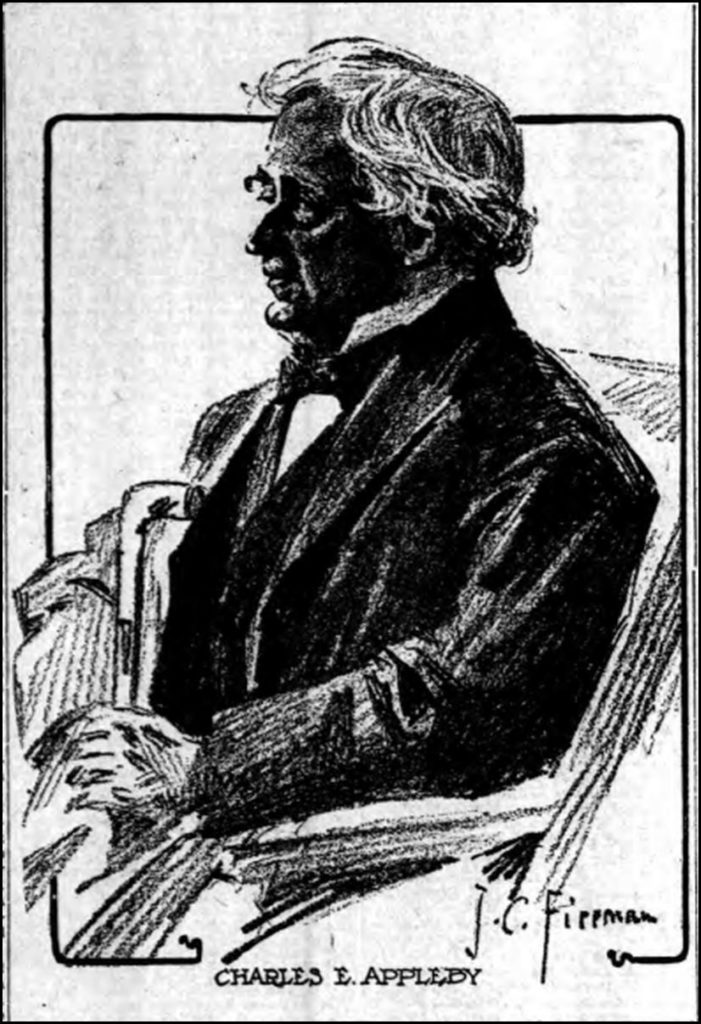
“It was the first time he had heard of any such transaction, and he immediately wrote to his lawyers. Cannon & Cannon, of 135 Broadway, Manhattan, asking what it meant.
“They started upon an investigation, which led to the arrest of Patrick Moore, a tracer, employed by the title Guarantee And Trust Company, and John Bough, lessee of the Dry Dock Hotel, at 347 Bowery, said to be owned by ‘Big Tim’ Sullivan (a New York politician who controlled Manhattan’s Bowery and Lower East Side districts as a prominent leader within Tammany Hall).
“Moore says he obtained the deed from Bough, and the latter insisted at the register’s office, when questioned, that Miss Stonebridge had purchased the property. Mr. Appleby declared the signature a forgery.
Thus, another case of the deed theft racket had begun. This time, however, it was caught – although accidentally – in the nick of time.
“In the course of the investigation, the district attorney’s office was informed that Miss Stonebridge resided in Newark, but she could not be found there. It was said that such a woman frequented Bowery resorts. The deed was drawn by Frederick Anderson, a notary, of 234 Broadway, and marked to be returned after registry to Edward Conners of 347 Bowery, which is the Dry Dock Hotel. Neither Anderson nor Conners has been found. Anderson, it was said, has removed to 5 Beekman street, but no such person is known there.”
FORGERS & STRAW BOND MEN
It is not known whether the police had already been working on the aforementioned case, but when reached for comment on it, Assistant District Attorney Miner, stated:
“There is a gang of straw bond men in New York who have for years been working in the courts. Their method is to forge a deed from some old man, transfer the property through three or four supposititious persons, until it is difficult to fix the crime upon any one person, and then give the property as security for bail.
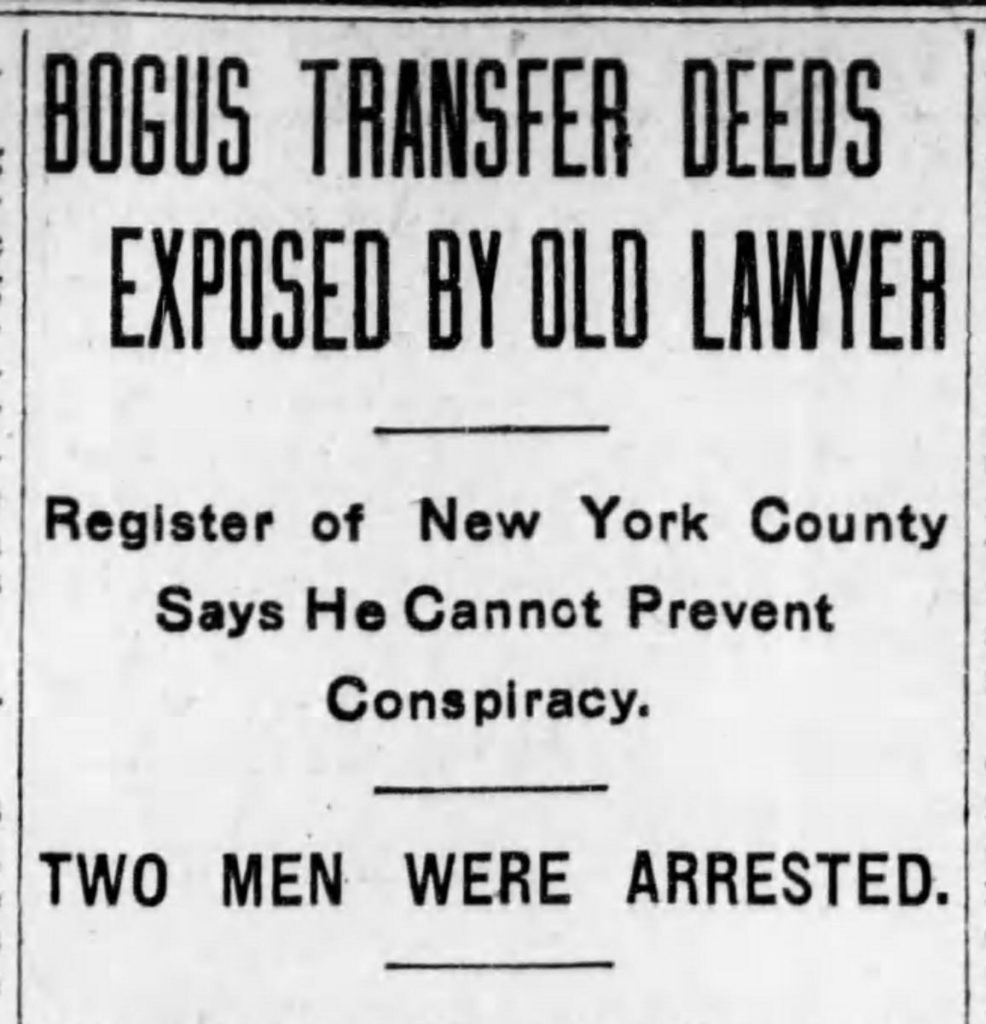
“They never go near the property, and do not attempt to interfere with the enjoyment of the property by the real owner until he dies. Then the heirs find that the property is not in the real owner’s name, and have a hard time proving the forgery.
“There is a regularly organized gang of straw bail bond men who make their headquarters about the corner of Beekman street and Park Row. One of the most notorious of these, now in the Tombs, is Joseph Driscol, alias Carl Becker. Bough and half a dozen other men are in the gang.”
Register Gass of Manhattan noted that he did not know how many forged deeds were on file in his office, but that there might be $500K or $50K worth, and that there was no way by which he could know the facts.
“Every paper offered for filing in this office is placed in the filing clerk’s hands,” he said, “and his first duty is to see that it is properly executed before a notary public. If it is, he has no discretion in the matter, but under the law must accept the paper and file it.”
“Is there no way of detecting a spurious transfer?” was asked.
“No way by which I can detect it. In order to detect spurious transfers I would have to have a force of men to examine titles, which I have not. And, besides, I would have to have another force of men whose business would be to verify signatures and persons, and under the law I have neither, and in addition the law gives me no discretion In the matter.
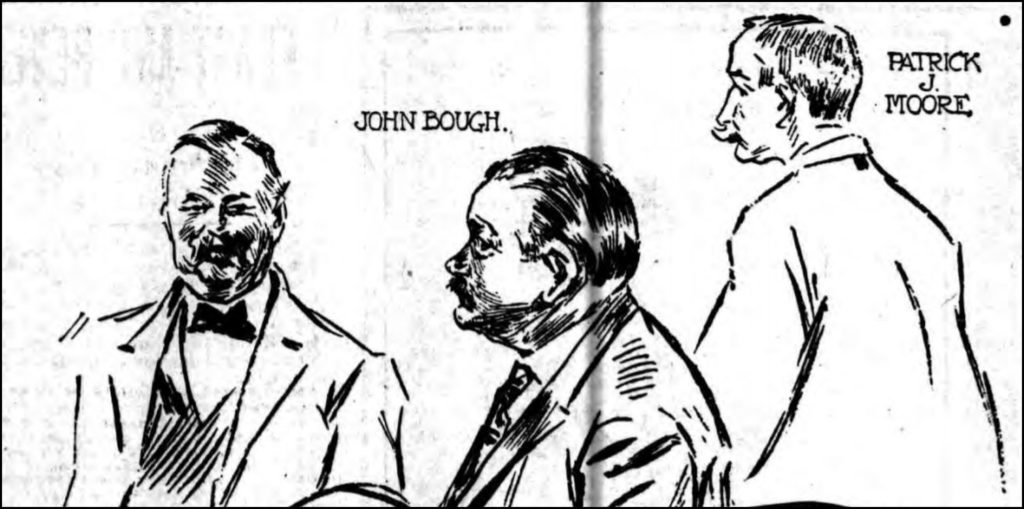
“When a paper has been duly attested before a notary or a commissioner of deeds, with the statement of the notary or the commissioner duly appended, to the effect that the applicant is known to the notary or commissioner, on its face the paper is regular, and I must accept it on its face value as genuine.”
“In other words,” was suggested, “it is up to the police power of the state to detect a wrongdoing In the matter of false registrations of transfers?”
“Exactly,” was answered. “The person wronged must enlist the prosecuting authorities of a paper that was not properly executed.”
The register further explained that under the new law, which went into effect on July 1 of that year, there was one additional safeguard to dishonesty and this was that all notaries must register their signatures with the register, and a clerk is detailed to compare this signature with that on all papers filed and to pass upon the genuineness of the same.
“There is one defect in that law, however,” the Register noted, “and that is that it does not provide for the filing of the signatures of the commissioners of deeds, and so if a commissioner of deeds wanted to run the risk of filing a false deed and going to prison there is no way for me as register to prevent it.”
POSTSCRIPT
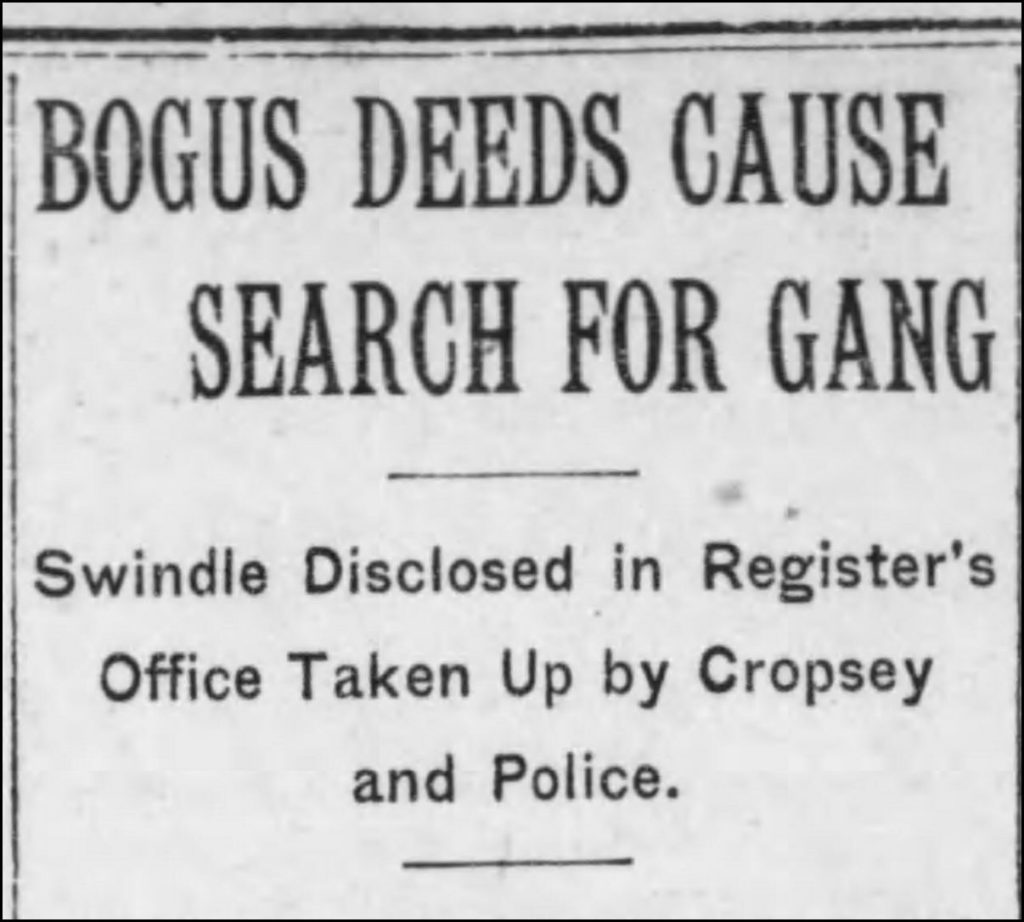
The practice of filing bogus deeds did not, of course, end with Appleby’s case, for five years later a similar scheme was reported, this time operating out of the Register’s office itself.
“The scheme is so simple and the possibility of far ranging fraud so apparent,” noted the Manhattan District Attorney, “that the Register is contemplating steps to put an immediate stop to future bogus deeds being filed and, when the Legislature is in session, to get legislative relief.”
John Bough, however, the defendant in the 1907 case above, eventually plead guilty and faced a 20-year term on a conviction of forgery in the first degree. Bough, who had at one time been on the City’s police force, had specialized, ironically, in the forging of deeds. Bough had additionally served his first time in prison in 1875 for – you guessed it – forging a deed.
Although today deed theft is much more difficult to commit – and it happens in fewer cases throughout the city – with the proper circumstances, those with inclinations toward making large sums of money who possess, in tandem, a low sense of moral turpitude, will continue to take steps towards committing such a property crime.
Certainly the times and the circumstances have changed from 100 years ago. On one point the commission of deed fraud has changed along with the times. And that is regarding the class of citizens who are targeted in the commission of this crime. No longer are they primarily the well-to-do. Today, commissioners of deed fraud target the low-income elderly and, as gentrification progresses, those low-income elderly tend also to be African-American homeowners.
———————————————————————————————————————–
 Brownstone Detectives is an historic property research agency. Our mission is to document and save the histories of our clients’ homes. From our research, we produce our celebrated House History Books and House History Reports. Contact us today to begin discovering the history of your home.
Brownstone Detectives is an historic property research agency. Our mission is to document and save the histories of our clients’ homes. From our research, we produce our celebrated House History Books and House History Reports. Contact us today to begin discovering the history of your home.